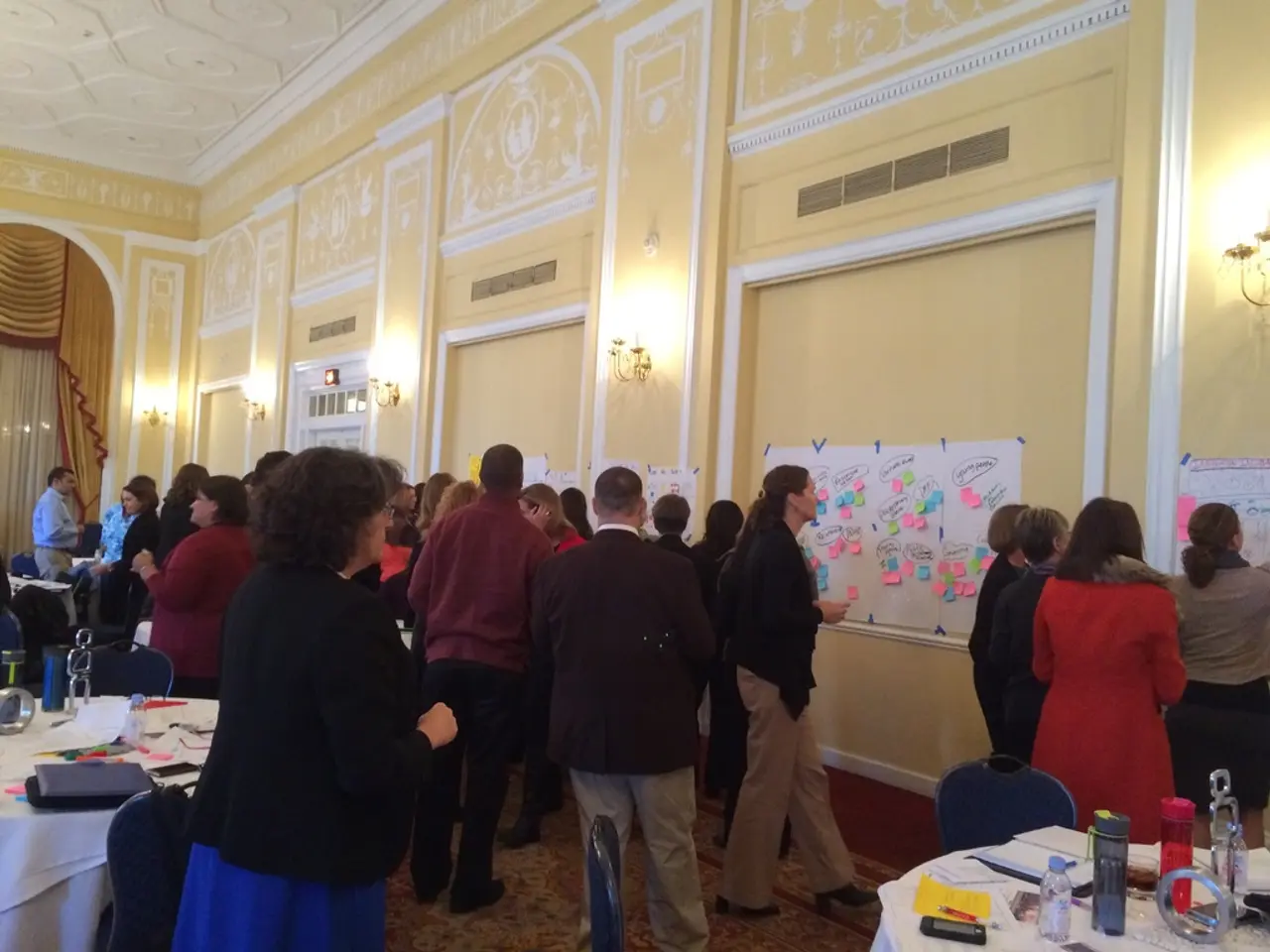Engaging Museum Initiatives Tailored for Young Visitors: A Highlight
In the realm of education and cultural exploration, museums have emerged as invaluable resources for young minds. These institutions, renowned for their extensive collections, are not only repositories of history and art but also dynamic platforms for learning.
Take, for instance, The Art Institute of Chicago, particularly noted for its collection of Impressionist and Post-Impressionist paintings. The Art Institute's children's programming is designed to foster a love and understanding of art from a young age. Family workshops offer hands-on activities for children and parents, creating a shared learning experience.
Across the Atlantic, The Metropolitan Museum of Art in New York offers a vast collection spanning over two million works, encompassing 5,000 years of world culture. The Met caters to younger audiences with art-based workshops, guided tours, and hands-on activities, ensuring that art is accessible and engaging for children.
The Louvre, originally a medieval fortress transformed into a royal palace and public museum in 1793, offers similar experiences. Housing masterpieces like Leonardo da Vinci's 'Mona Lisa' and the ancient Greek statue 'Venus de Milo', The Louvre's children's programs engage young visitors with art and history.
The British Museum, established in 1753 and opened to the public in 1759, offers educational workshops and interactive exhibitions tailored to children. The museum's collection includes replicas and artifacts, offering hands-on experiences for children.
The study "The Educational Value of Field Trips" by Jay P. Greene, Brian Kisida, and Daniel H. Bowen highlights that these programs provide specific benefits such as increased academic performance, improved critical thinking skills, and enhanced engagement in learning. These programs support experiential learning by offering hands-on, interactive experiences that help children better understand and retain educational content. Moreover, attendance at these museum programs has been linked to lasting positive effects on students’ attitudes toward learning and greater academic achievement, particularly in science and social studies.
Other notable museums with exceptional children's programs include the Smithsonian in Washington D.C., the Guggenheim Museum in New York, the Museo del Prado in Madrid, and the Tokyo National Museum. The National Gallery of Victoria (NGV), located in Melbourne, Australia, is another institution offering interactive art sessions and educational tours for children.
The Museum of Modern Art (MoMA) in New York offers creative art workshops for children, led by artists and educators, to engage kids in various aspects of modern art. The Rijksmuseum in Amsterdam offers interactive historical tours, storytelling, and hands-on workshops for children.
Each museum has a unique approach to children's programming, tailoring experiences to different age groups, interests, and cultural contexts. However, they all share a common goal: to make art and culture accessible, engaging, and meaningful for the youngest of visitors.
This approach is not only beneficial for the children but also for the preservation of cultural heritage and the intellectual and empathetic growth of future generations. Supporting and developing museum programs globally invests in a brighter, more culturally aware future.
The study "The Educational Value of Field Trips" emphasizes the value of field trips, particularly to children’s museums, as catalysts for deepened learning and measurable educational gains. These experiences foster a sustained interest in learning and improve attitudes toward school subjects, ultimately leading to improved academic outcomes, enhanced critical thinking, and a lifelong love for art and culture.
Read also:
- Federal Environmental Protection Agency under scrutiny for alleged manipulation of soil sample results following East Palestine catastrophe
- Breathing Methods for Bronchitis: Classifications and Their Functions
- Antibiotic Z-pack for strep throat: Dosage details, potential consequences, and duration of treatment
- Throat discomfort and yawning: Possible reasons and when to seek medical attention





